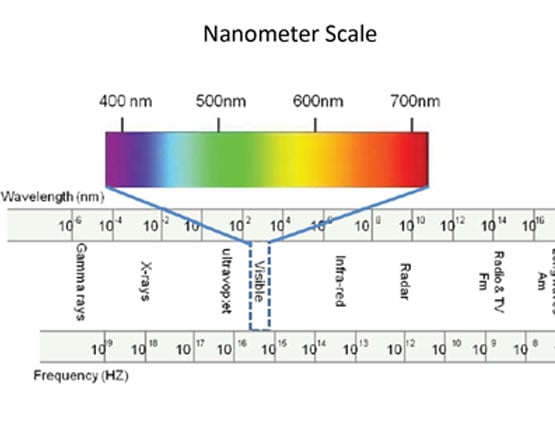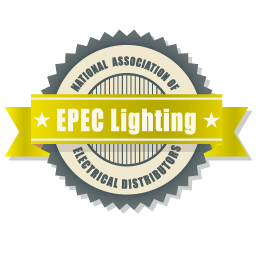EPEC LIGHTING
Featuring the 2023 NEC Code/2021 CE Code.
This niche takes all of the product knowledge and sales skills from Bronze, Silver, and Gold to create one level detailing only lighting and controls.
If you or your team members are ready to begin EPEC complete the registration form.
Need help? Contact EPEC@naed.org.
Recommended Student/Audience: Recommended Audience: Associates focused on selling lighting products.
Prerequisites: No pre-requisites required.
Project Types: Lighting includes an introduction to electrical products, lighting basics, light sources and ballast, luminaires and calculations, and lighting applications and energy management.
Resources:
Course Outline [PDF]
Connect EPEC Forum [NAED login required]





